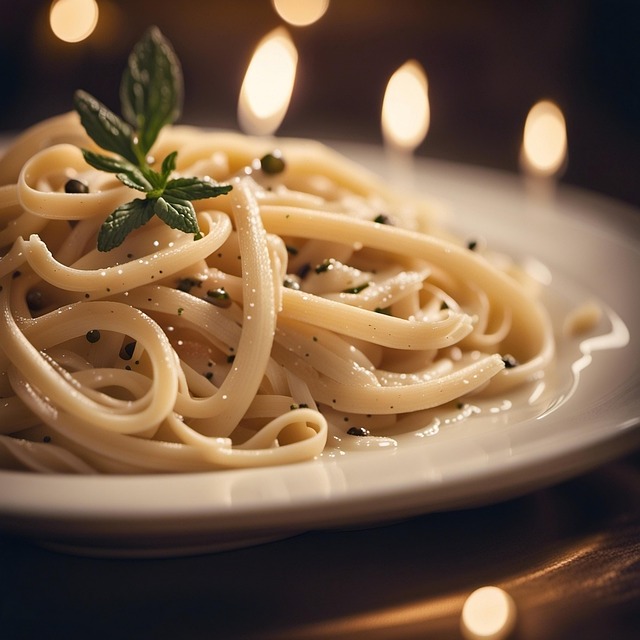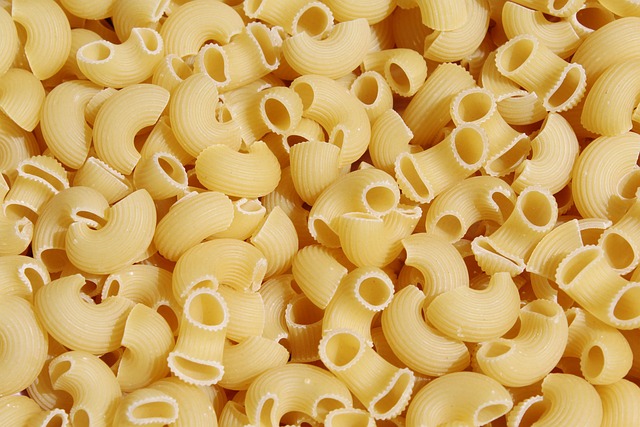
Pasta Nutrition has been a revered one of the world’s most comforting and versatile foods for centuries. On the crowded Roman streets to home kitchens around the globe, it has been devoured in endless shapes, flavors, and dishes. But even with its widespread popularity, pasta nutrition is frequently misjudged sometimes lauded for its energy-giving properties, sometimes blamed for its carbohydrate load.
This comprehensive guide explores pasta nutrition in detail. We’ll look at its history, types, nutrients, health benefits, role in weight management, gluten-free options, and common misconceptions. By the end, you’ll see why pasta deserves its place in a balanced, wholesome diet.
Introduction to Pasta
Pasta as a Staple Food
Pasta Nutrition is not just a meal, it’s a world staple. Pasta dishes are cooked by millions of homes daily, making it one of the world’s most consumed foods. Its affordability, versatility, and compatibility with innumerable sauces, proteins, and vegetables all contribute to why it has become such a staple.
A Brief History and Cultural Significance
Pasta’s history reaches back centuries. Although the majority of people think of pasta in Italy, forms of it existed in the Middle East and Asia long before spaghetti became an international icon of Italian food. Ancient China is credited with the earliest forms of noodles by some historians and earliest Mediterranean cultures by others. Wherever its origins, pasta has become rooted in cultures around the globe—representing harmony, sustenance, and convention.
Types of Pasta
Various Shapes and Sizes
Another delight of pasta nutrition is the fact that it comes in countless shapes and sizes. There are more than 350 varieties of pasta that are used to accompany certain sauces and dishes.
- Spaghetti: Delicate, long strands for tomato sauces.
- Penne: Tube pasta well suited for chunky sauces.
- Fusilli: Spiral pasta to go well with creamy sauces and salads.
- Farfalle: Bow-tie pasta, which is typically used in light sauces or cold dishes.
- Lasagna sheets: Broad, flat sheets for cooked pasta dishes.
There’s a certain appeal, texture, and accompaniment potential for each shape.
Whole Grain vs. Refined Pasta

- Refined pasta: Processed with white flour, refined pasta is softer and quicker cooking. It, however, loses a significant amount of fiber and some nutrients along the way.
- Whole grain pasta: Keeps the bran, germ, and endosperm of the grain intact, and therefore is more dense in fiber, vitamins, and minerals. Provides a nuttier taste and denser consistency.
Both types can be included in a healthy diet, but whole grain pasta provides better pasta nutrition values.
Nutritional Composition of Pasta
Calories Per Serving
One standard serving of cooked pasta (approximately 1 cup or 140–150 grams) consists of:
- Calories:
~200–220 kcal
Macronutrient Composition
- Carbohydrates: ~40–45 grams per serving
- Protein: ~7–8 grams
- Fat: <2 grams
Pasta nutrition is chiefly a carbohydrate food and, as such, is a rich source of immediate and sustained energy.
Micronutrients
Depending on the type, pasta offers:
- B Vitamins (thiamine, riboflavin, niacin, folate)
- Iron (especially in enriched pasta)
- Magnesium, zinc, and selenium (found in whole grain pasta)
Health Benefits of Pasta
Energy from Carbohydrates
Carbohydrates are the body’s go-to energy source. The complex carbs in pasta digest slowly, providing glucose to your muscles and brain steadily without the spikes and crashes typical of simple sugars.
Key Vitamins and Minerals
Enriched pasta nutrition contains B vitamins and iron, vital for red blood cell formation, metabolism, and all-around energy. Whole grain options also contribute magnesium and zinc, which aid bone health and the immune system.
Satiety and Comfort
Due to its slow-digesting starch and versatility, pasta makes you feel full and contented. Combined with vegetables and protein, it is an equivalent meal that promotes wellness and enjoyment.
Whole Grains vs. Refined Pasta
Nutritional Differences
- Refined pasta: Less fiber, fewer micronutrients, lighter texture.
- Whole grain pasta: More fiber (6–7 grams per serving vs. 2 grams), more vitamins, minerals, and antioxidants.
Benefits of Fiber
Fiber facilitates digestion, manages blood sugar, and maintains heart health. Whole grain pasta gives a consistent energy release while fuelling fullness, making it particularly beneficial for weight management as well as long-term health.
Pasta Nutrition and Weight Control
Place in an Equilibrated Diet
Contrary to popular belief, pasta does not automatically lead to weight gain. When eaten in reasonable portions and paired with nutrient-rich ingredients, it can be part of a healthy weight management strategy.
Portion Control Strategies
- Stick to 1 cup cooked pasta as a serving size.
- Balance pasta with vegetables, lean proteins, and healthy fats.
- Use whole grain or legume-based pasta for added satiety.
Healthy Recipe Ideas
- Whole wheat penne with grilled chicken and spinach
- Chickpea pasta with roasted vegetables and olive oil
- Spaghetti with tomato-basil sauce and a side salad
Gluten-Free Pasta Options
Gluten-Free Alternatives
For individuals with celiac disease or gluten intolerance, regular wheat-based pasta nutrition is not an option. Fortunately, there are plenty of alternatives available in the market:
- Rice pasta: Delicate flavor, soft texture.
- Quinoa pasta: Rich in protein and fiber.
- Chickpea pasta: High in protein, fiber, and micronutrients.
- Lentil pasta: Rich protein source with earthy taste.
Nutritional Comparisons
Legume-based pastas (such as chickpea or lentil) tend to have twice the protein and fiber of wheat pasta. Rice pasta, gluten-free though it is, tends to have less fiber but still offers necessary carbs.
Common Misconceptions about Pasta
Myth 1: “Pasta Makes You Gain Weight”
Weight gain results from taking in more calories than you expend—not from one food. In fact, research indicates that pasta, as part of a Mediterranean-type diet, does not cause weight gain.
Myth 2: “Pasta is Just Empty Carbs”
Refined pasta does lose a bit of nutrition, but enriched pasta gets back valuable B vitamins and iron. Whole grain and legume pasta are nutrient-dense foods with many health benefits.
Myth 3: “Low-Carb Diets Mean Cutting Pasta”
Though low-carb diets do limit pasta, most health experts focus on balance, not cutting. Pasta can be included in a diet when consumed with care.
Adding Pasta to a Healthy Diet
Pairing Pasta with Nutritious Ingredients
- Add leafy greens, tomatoes, broccoli, or bell peppers as sources of vitamins and fiber.
- Add lean protein sources such as chicken, turkey, beans, or tofu.
- Employ healthy fats like olive oil, nuts, or avocado.
- Avoid heavy cream sauces; use tomato-based or olive-oil-based dressings instead.
Sample Healthy Pasta Recipes
- Mediterranean Pasta Bowl: Whole wheat spaghetti with cherry tomatoes, olives, spinach, feta, and olive oil.
- Protein-Packed Pasta: Chickpea pasta with grilled salmon, zucchini, and lemon zest.
- Classic Comfort: Spaghetti with homemade tomato-basil sauce, accompanied by a serving of roasted vegetables.
Conclusion
Pasta is much more than a comfort food—nutritionally sound, varied, and culturally rich. Awareness of pasta nutrition brings us past the myths and allows us to value it as a part of an equilibrated diet.
From classic spaghetti to contemporary gluten-free varieties, pasta provides energy, vitamins, minerals, and tasty ways to build healthy meals. By selecting whole grains, being mindful of portion size, and combining pasta with nutrient-dense foods, you can indulge in pasta and feel good about it while supporting your health objectives.
The next time you enjoy a comforting bowl of pasta, keep in mind: it’s not all about carbs—it’s about balance, nutrition, and happiness.
